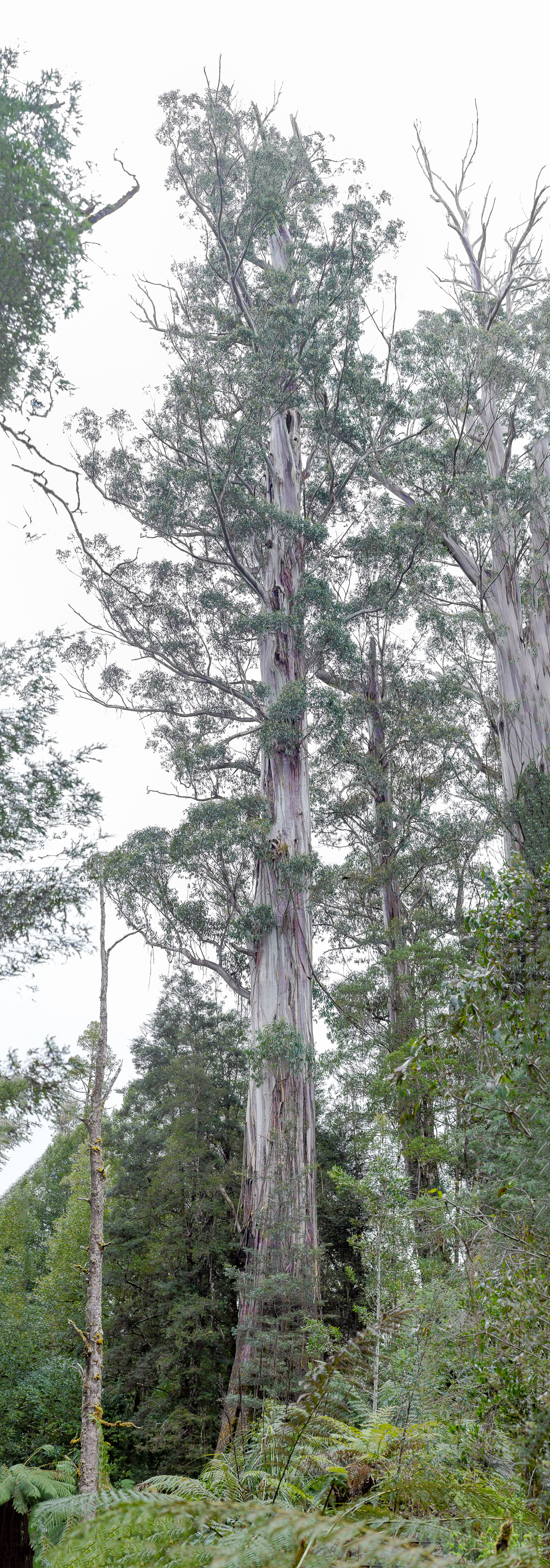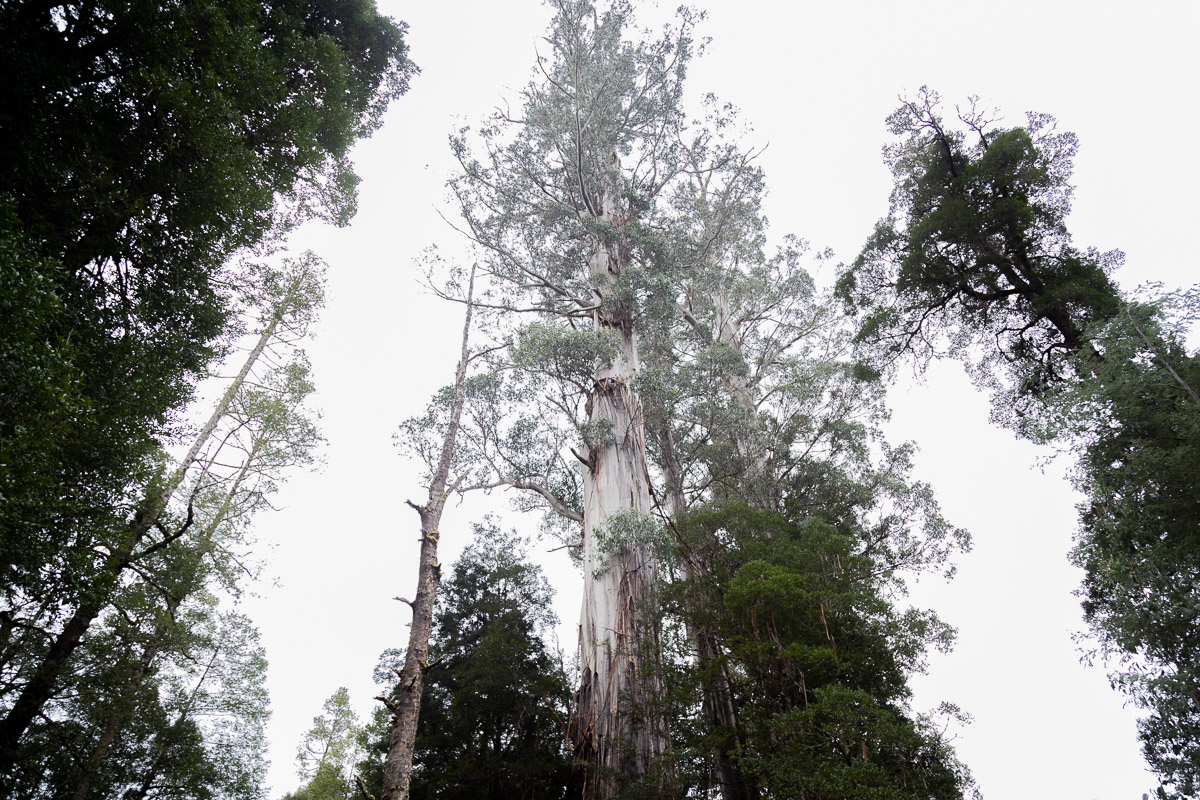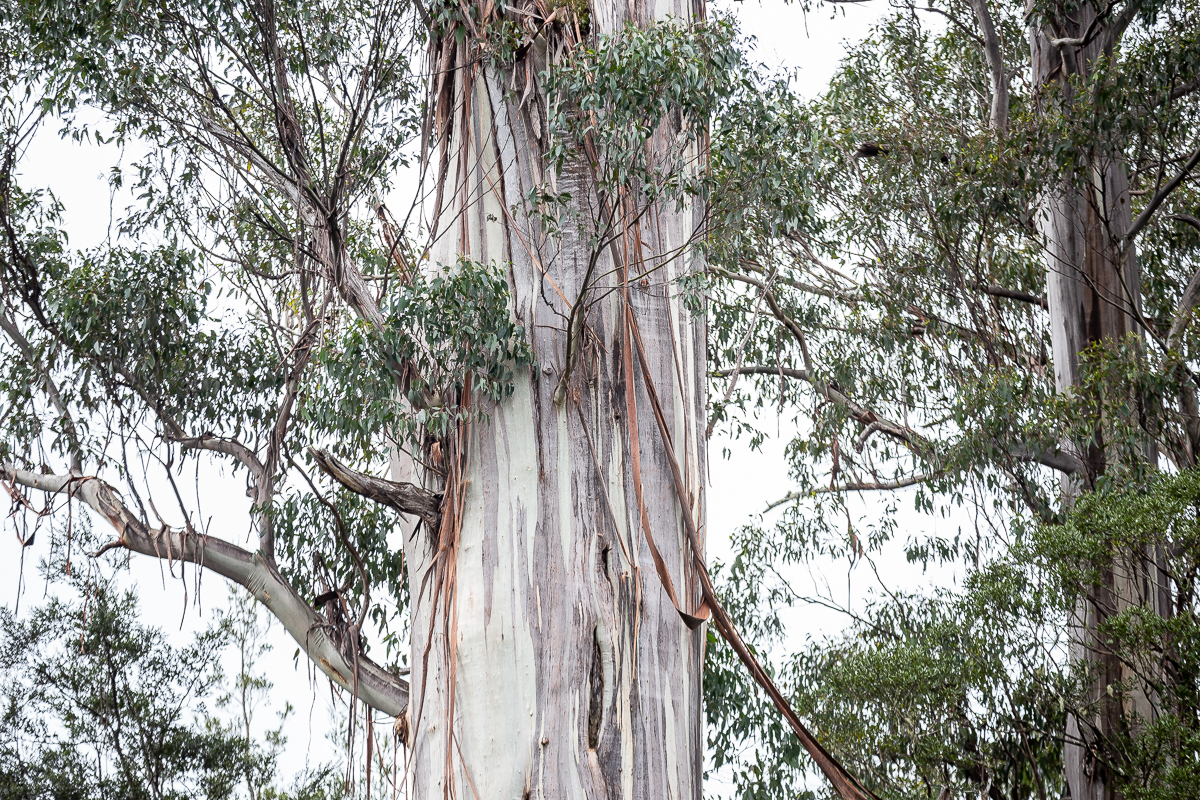Uncertainty
This story is about a Euclytpus regans canopy
Every time you go to a giant tree you see something new in it and yourself. I see something that’s been alive hundreds of years before me and will be there hundreds of years after me. It’s humbling to consider all the years of my life are merely a small chapter of theirs. Climbing these trees is where I started. Up a tree you see things from a perspective no one else has ever seen.”
From The Guardian

Large old trees support a wide range of key attributes that are either poorly developed or absent from smaller, younger trees. Many of these attributes are relatively well documented such as tree height, diameter and the presence of cavities. Others are not and remain poorly studied and understood. The canopies of large old trees have often been considered as new frontiers for the discovery of huge numbers of species (Ozanne et al., 2003). 1

[ ]: TODO: get better interactive pointcloud stylingTime-consuming methods such as climbing trees to complete above-ground measurements may be required to meet some of these challenges, although emerging technologies such as laser scanning and light detection and ranging (LIDAR) can make useful contributions in some contexts (Thomas et al., 2013; Nolke et al., 2015) and have helped to reveal huge individuals of existing tree species (Yard, 2013). 1
There are substantial challenges in studying certain attributes of large old trees such as features that cannot be accurately quantified using ground-based methods. The presence and attributes of cavities is an example (Cockle etal., 2011). Destructive tree dissection to explore internal cavity dimensions (Mackowski, 1987) is inappropriate in very large, rare or ecologically and culturally important specimens.1
But there are other likely highly species-rich environments associated with some species of large old trees that remain almost entirely unexplored. The extensive decorticating bark microhabitats of Australian eucalypts is one such example.1
Large streamers of decorticating bark hanging from the lateral branches of large old mountain ash (Eucalyptus regnans) trees in Australia. These streamers are best developed on the largest trees in old-growth stands (Lindenmayer et al., 2000) and are an unstudied microhabitat for a rich array of invertebrate taxa such as flightless tree crickets (inset).1

Footnotes
https://doi.org/10/gdvpqh "Lindenmayer, David B., and William F. Laurance. “The Ecology, Distribution, Conservation and Management of Large Old Trees.” Biological Reviews, no. 132 (2016): 1434–58"˄
Backlinks